Xanthoproteic Test is a test for benzoid radicals. It is Used to determine the aromatic amino acids in a given sample. Xanthoproteic test principle, procedure and indications are given below.
The principle of Xanthoproteic test:
The xanthoproteic test is performed for the detection of aromatic amino acids in a protein solution. Aromatic amino acids are tyrosine, tryptophan, and phenylalanine.
Nitration of benzoid radicals present in the amino acid chain occurs due to reaction with nitric acid, giving the solution yellow colouration.
Reagents for Xanthoproteic test:
- Concentrated Nitric acid
- Original solution
- Aqueous ammonia
The procedure of Xanthoproteic’s test:
-
- To about of 1ml of original solution (protein solution) in a test tube.
- Add 5 drops of concentrated nitric acid.
- A white precipitate is formed due to denaturation of proteins by nitric acid.
- Heat to boil for a half minute.
- The colour of the precipitate turns yellow and then partially gets dissolved to give a yellow colour solution.
Cool under the tap water and add about 10 drops of strong aqueous ammonia or sodium hydroxide.The yellow colour is intensified and changes to orange.
Note :
- To intensify the yellow colouration of the solution, Aqueous ammonia is use.
- Yellow colour solution indicates the presence of aromatic amino acids ( tyrosine, tryptophan and phenylalanine ) in the protein.
- Phenylalanine like other amino acid contain Benzene ring but nitration of its benzene ring with nitric acid occurs with a great difficulty, and the process of nitration can not be performed ordinarily by this method.
Precautions:
Now Here are some of the things that you need to take care of while performing a Xanthoproteic test:
- Heat the solution carefully.
- Keep the test tube to side while heating. And it should not be towards any human.
- Remove the test tube from fire when the solution boils the opening of a test tube. Place it again when it goes down.
Conclusion:
If you follow the step by step procedure written above correctly, keeping the precautions in mind, then you would see the colour of solution changing to yellow. And after adding aqueous ammonia, the yellow colour of the solution will intensify.
Result:
When yellow colour appears, it means aromatic amino acid is present in the solution.
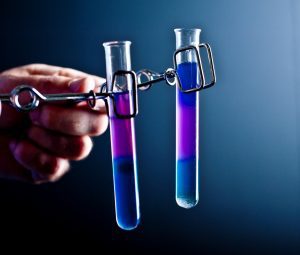

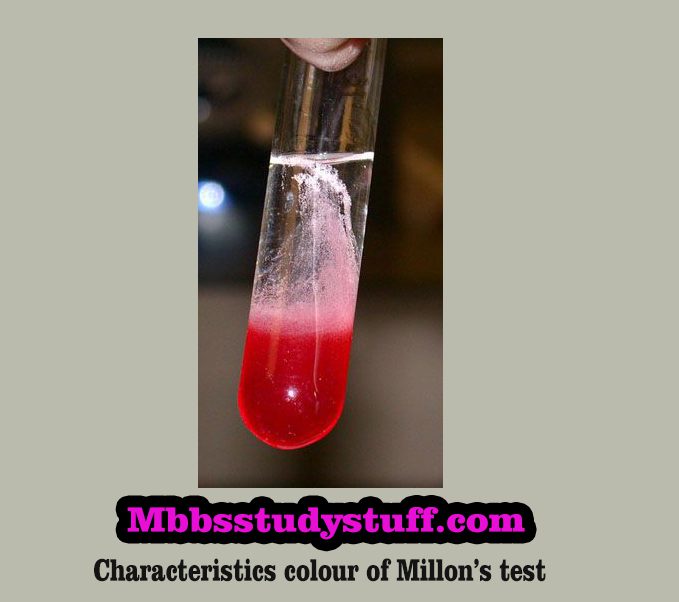
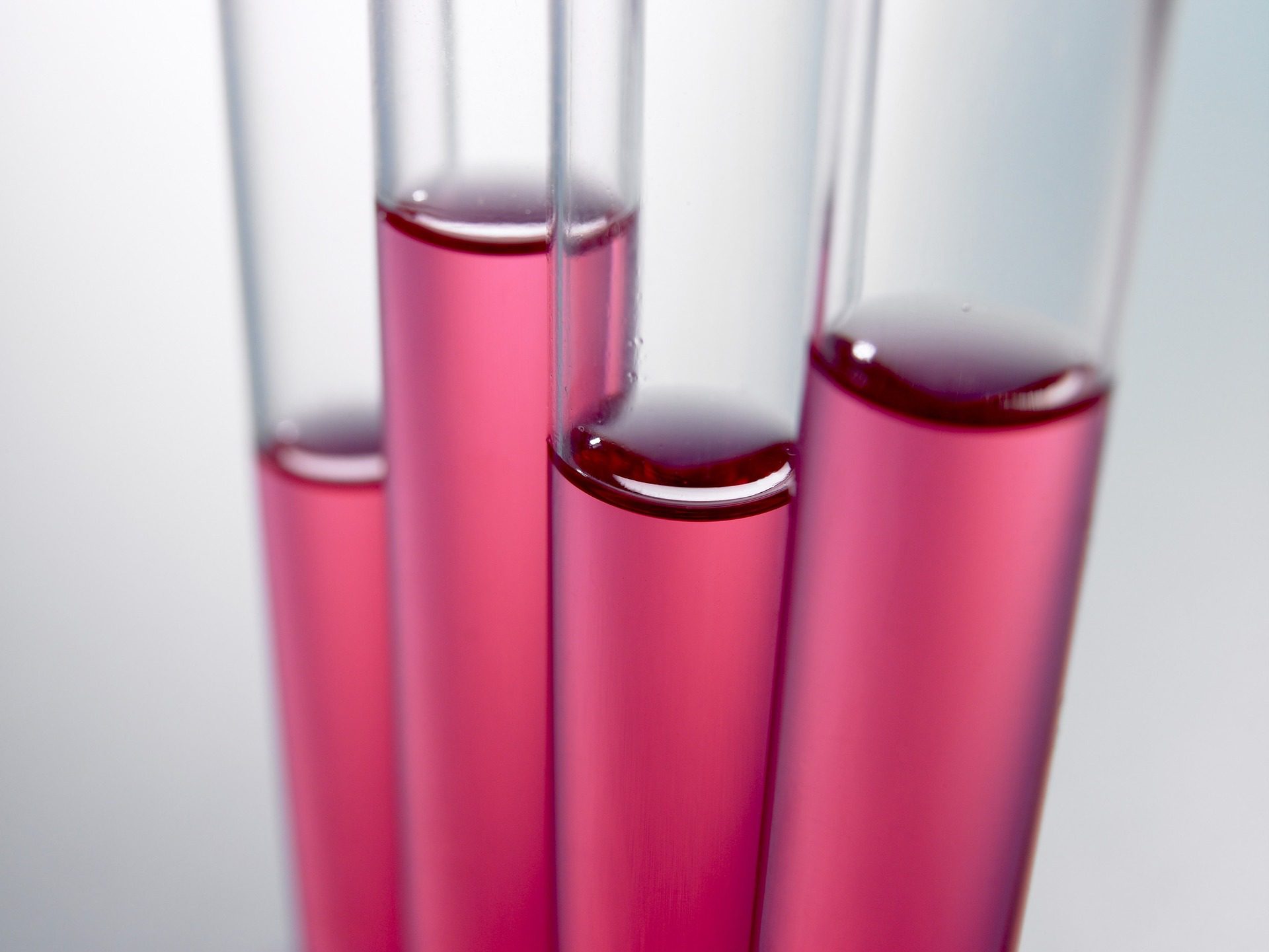
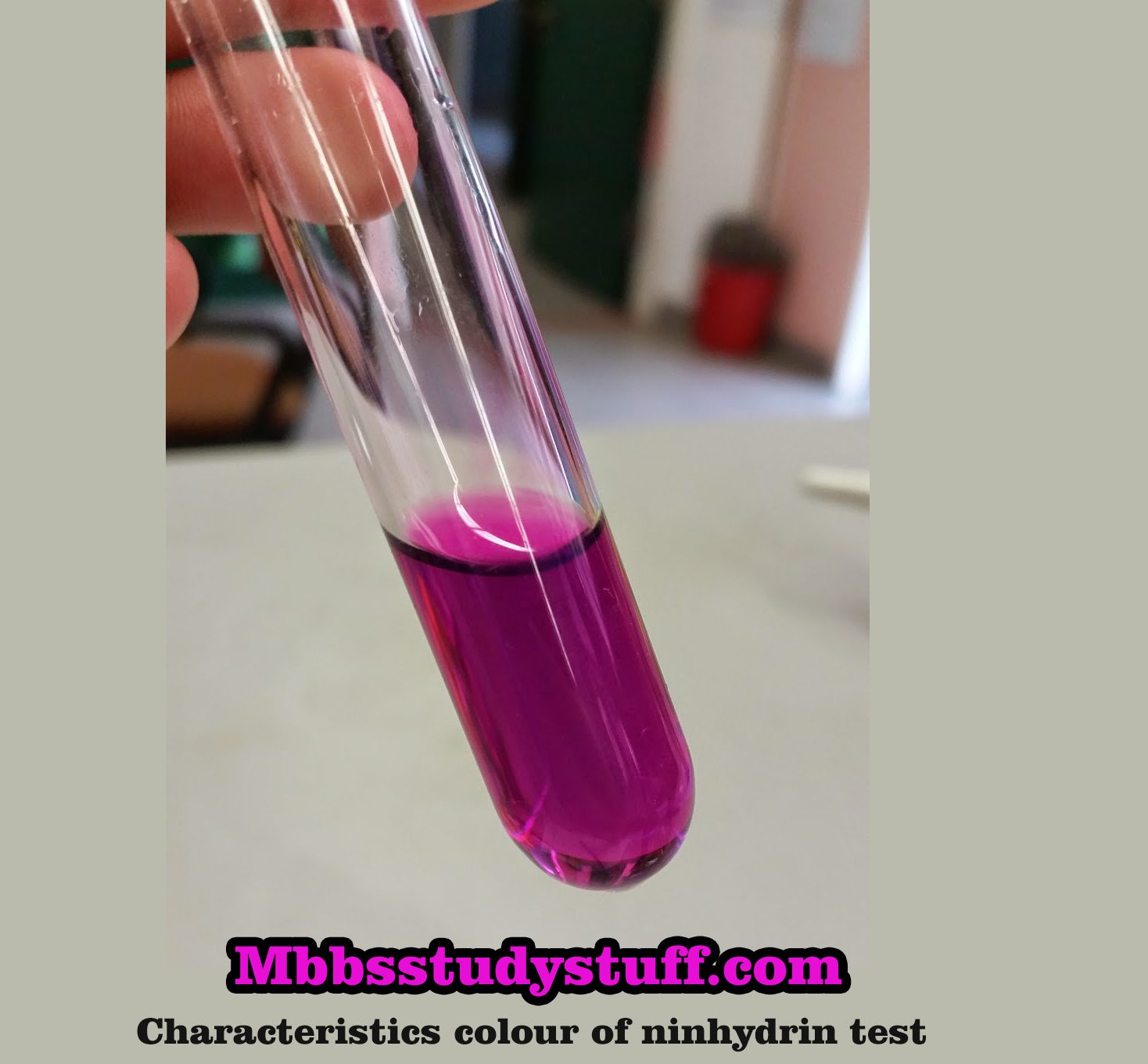
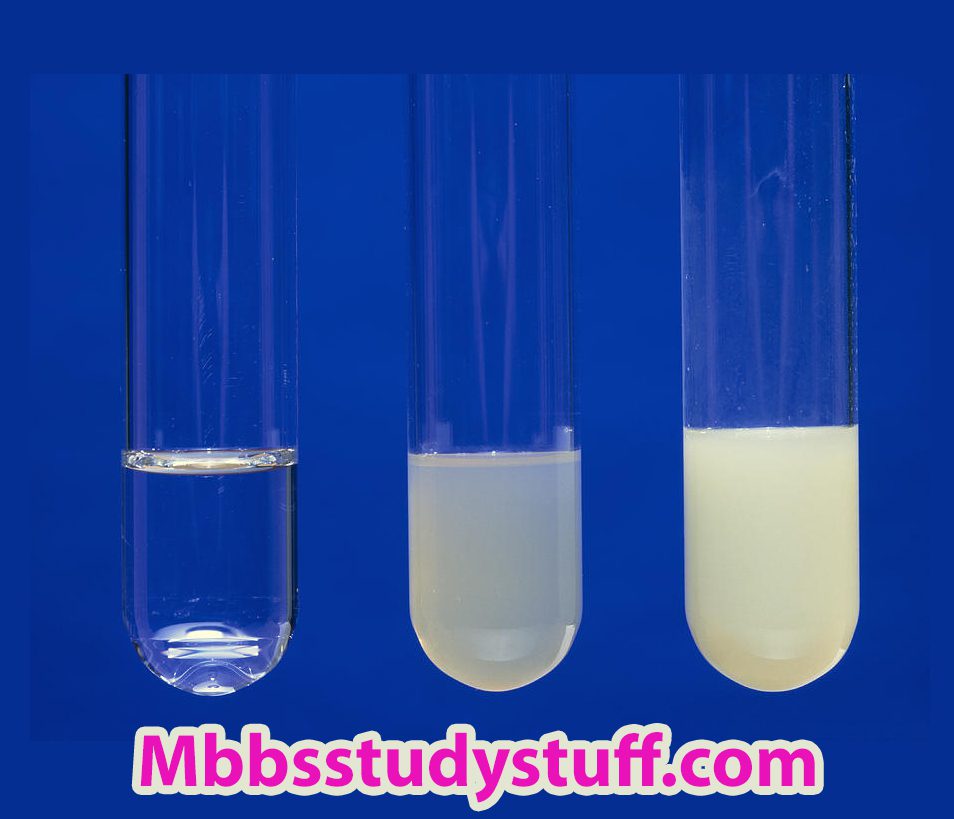


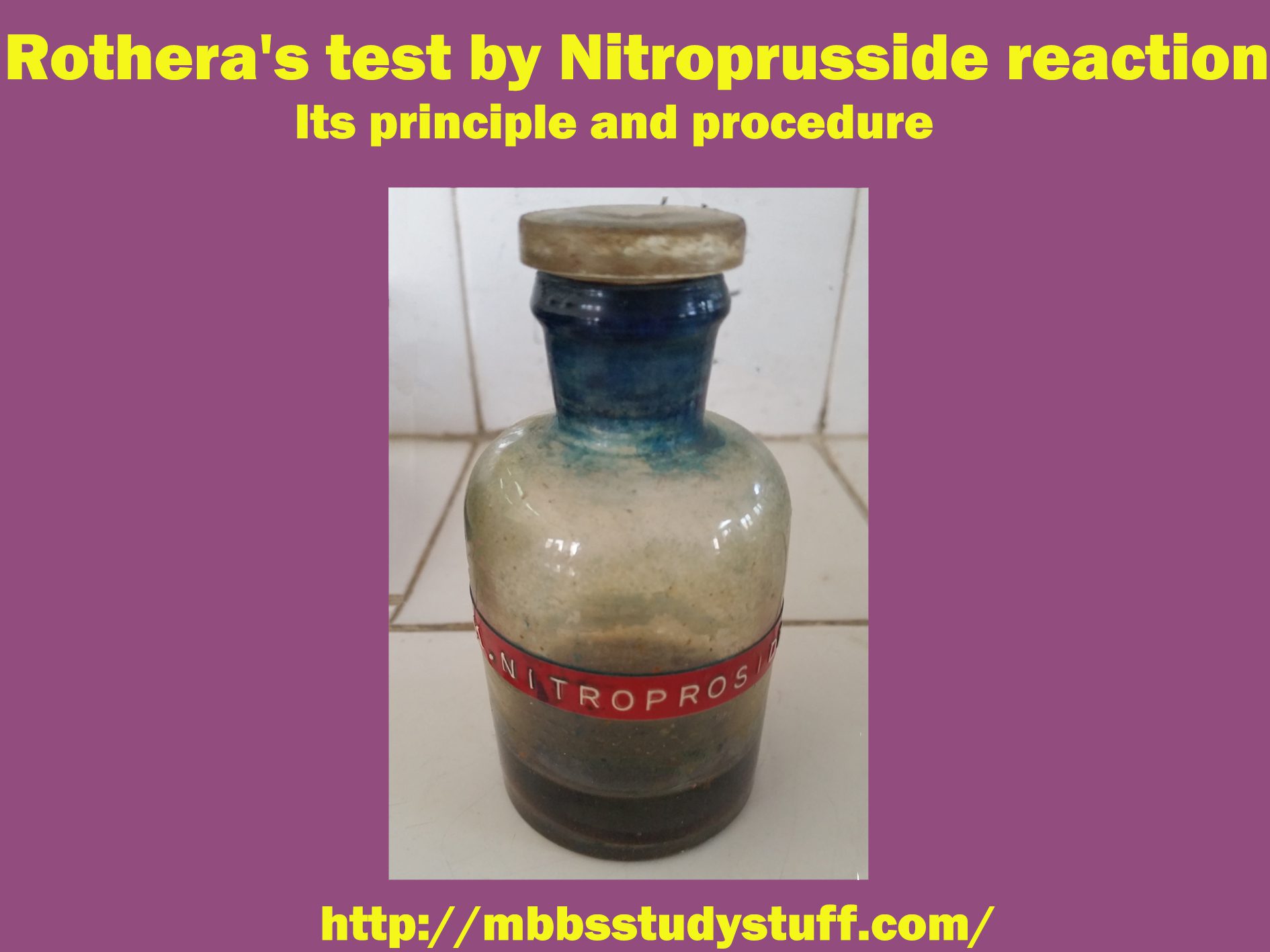
Leave a Reply